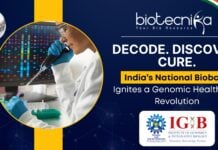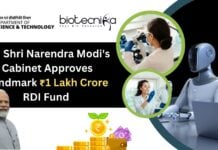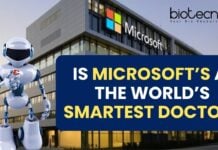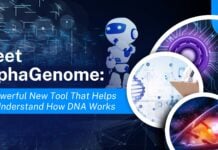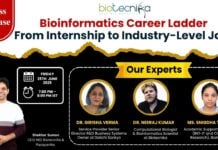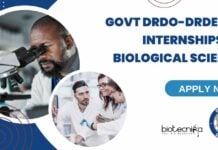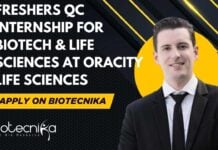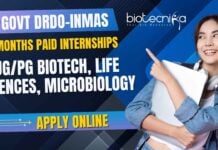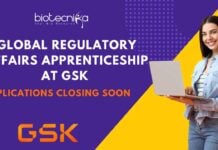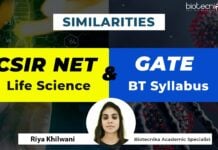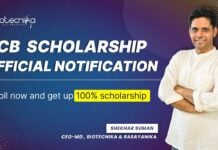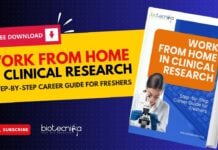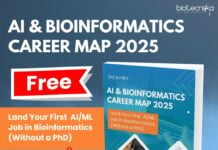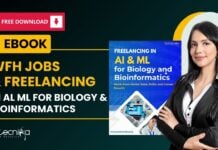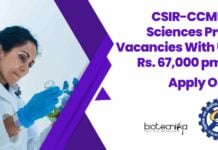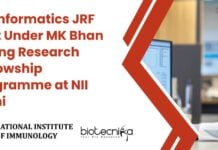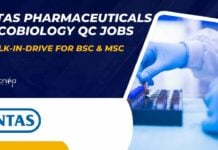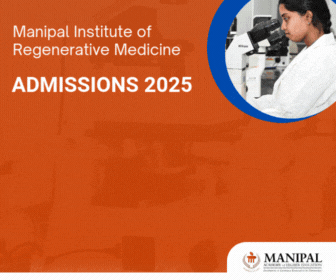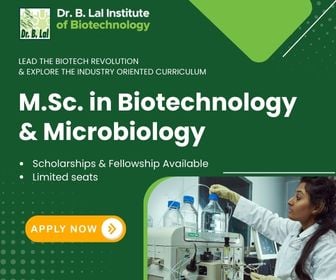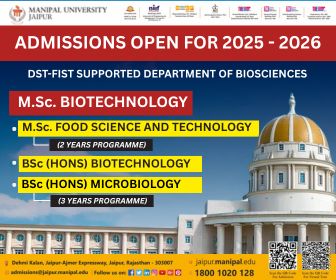Secrets of Aging Unlocked: The Science, The Breakthroughs, and What It Means for You
Imagine a future where wrinkles fade away, energy takes over, and lifespans extend beyond 100—free from diseases or decline. Scientists worldwide are racing to unlock the secrets of longevity. From AI-driven drug discovery to genetic engineering that resets the biological clock, the pursuit of reversing ageing is no longer science fiction.
Since the past few decades, researchers across the world have been engaged in ageing research. From a fundamental biological concept to a multidisciplinary frontier, ageing research has made significant progress. Technological advancements have prominently facilitated a number of revolutionary studies. The domain has experienced notable milestones, including introducing the nine hallmarks of ageing in the year 2013 and their expansion to twelve in the year 2023.
In a recently published paper, “Longevity Biotechnology: Bridging AI, Biomarkers, Geroscience, and Clinical Applications for Healthy Longevity,” narrates all that from the point of view of ageing research done thus far. Ageing Research and Drug Discovery (ARDD) is casting its glance toward the future of longevity science through this extensive work.
AI’s Role in Aging Research: Aging research has advanced due to artificial intelligence. Machine learning and its algorithms are used to identify and validate biomarkers. These biomarkers act as indicators that help measure ageing and predict disease.
The discovery of biomarkers driven by AI has become a cutting-edge area. Nuclear morphology is identified as a universal marker of cellular senescence by analyzing cellular images from different tissues through AI. Cellular senescence is the process where cells stop dividing, leading to ageing.
Composite biomarker panels combine genomics, proteomics, and metabolomics data to give a detailed picture of aging, and the rise of composite biomarker panels is another significant development in Secrets of Aging Unlocked.
AI is also used to build “aging clocks”—tools that estimate biological age based on various biological markers. New data resources, single-cell sequencing, and spatial transcriptomics have been incorporated to advance aging clocks significantly. The goal is to move from merely predicting age-related decline to identifying potential interventions that could slow or even reverse aging processes.
Through new advancements, the pharmaceutical industry has reached a milestone in drug discovery using AI. Many top pharmaceutical companies, such as Insilicp Medicine, BioAge Labs, and Deep Longevity, use artificial intelligence to identify compounds that can prevent ageing.
In the latest press release, Insilico Medicine has announced a drug discovery pipeline. This AI-driven pipeline has the ability to advance a textbook clinical concept to the preclinical stage in just a time period of 18 months. This significant reduction in the timeline was definitely not unachievable by using the traditional methods.
However, the bigger challenge is that ageing is not classified as a disease. This challenge has become a roadblock in developing anti-ageing treatments. As an alternative to this, many focus on treating age-related diseases such as fibrosis or neurodegenerative conditions with the hope that these therapies will eventually be applicable to aging itself.
The first DNA methylation clocks were introduced in the year 2013. Since then, aging clocks have reached a milestone in their own way. The aging clocks estimate biological age based on chemical modifications in DNA and provide more accurate measurements of how quickly an individual is aging.
OMICmAge, introduced in the year 2023, is one of the most advanced aging clocks to date. It combines all the biological data, including proteomics, metabolomics, clinical parameters, and DNA methylation. It has shown higher accuracy in predicting outcomes of health and lifespan than its predecessors.
Biolearn, Clockbase, and methylCIPHER are tools driven by artificial intelligence that are used to standardize biomarker research and ensure consistent results. The critical step in bringing these aging clocks into use in clinical practice is the standardization of aging clocks.
There are 12 hallmarks of ageing. These hallmarks help in decoding the Secrets of Aging Unlocked. These hallmarks provide a framework for understanding the aging process at the molecular level and cellular levels. There were nine hallmarks initially now, it has been increased to 12.
The hallmarks are:
1.) Genomic instability: Accumulation of DNA damage with age.
2.) Telomere attrition: Gradual shortening of caps on chromosomes.
3.) Epigenetic alterations: Changes in gene expression.
4.) Loss of proteostasis: Cells unable to maintain protein homeostasis.
5.) Deregulated nutrient sensing: Metabolic pathways become deregulated.
6.) Mitochondrial dysfunction: Energy production goes down.
7.) Cellular senescence: The accumulation of non-dividing cells causes inflammation.
8.) Stem cell exhaustion: Tissue regeneration slows.
9.) Altered intercellular communication: Cells fail to communicate effectively.
10.) Disabled macroautophagy: Cells lose the ability to clean out the waste.
11.) Dysbiosis: An imbalance in the microbiome gut.
12.) Chronic inflammation: Persistent inflammation contributes to accelerated aging.
Research is abated from the scope of the other two forms of ageing because researchers might now explore slow or reverse therapies using these hallmarks: investigating possible interventions.
One of the most critical research areas in geriatrics is the development of drug compounds that dissolve senescent cells – the so-called “zombie cells.” These dysfunctional cells have stopped dividing completely yet are metabolically active. Their byproducts are considered contributing factors to ageing by generating appreciable levels of symptom-target tissue cytokines or other substances active enough to create a localized inflammatory response.
Preliminary studies have begun examining the association between removing these defective senescent cells and increased longevity in animals with improved health. Drugs such as Dasatinib (a cancer drug) and Quercetin (a herbal compound) are now being investigated for their effects on clearing senescent cells and improving general health markers.
Unity Biotechnology is presently focused on incorporating the therapy of senolytics for several illnesses, including osteoarthritis and neurodegenerative disorders. Several innovative methods applied are:
- One actual senolytics drug is modified to confine the activity of senescent cells without killing or removing them.
- Extracellular vesicles (EVs) and CAR-T cell-based therapies target senescent cells by using the immune system.
One of the most important parts of this research is Mitochondria. Mitochondrial activity dwindles as one age, preceding increased oxidative stress and damage in cells. Several interventions have been proposed to restore mitochondrial function:
- NAD+ precursors (such as NMN and NR) help replenish declining levels of NAD+, a key molecule in cellular energy production.
- Diabetes medicine Metformin has been repurposed to mimic calorie restriction and extend life.
- Rapamycin increases life expectancy for mice and improves the weakened immune systems of humans over 80.
However, this research faces many challenges. The researchers could not translate any real-life treatments from those innovations because, on the one hand, clinical trials require rigorous validation. On the other hand, the regulatory framework has not yet recognized aging as a treatable condition.
Biolearn, Estimage, and Clockbase are initiatives aimed at bridging the gap between research and practice by speeding up the transition of research into clinical use. At the same time, Dr. Nir Barzilai’s TAME (Targeting Aging with Metformin) trial evaluates whether metformin could slow down human aging. Restoration of metformin activity is an extremely important milestone toward approving therapies for extending lifespans.
The notion of Aged medicine is gaining currency. This principle is primarily based on preventive health care. Hence, it is customized according to the ageing biological profile of an individual, as opposed to waiting to cure age-related diseases.
InsideTracker and Singulomics apply AI to many factors, namely, blood biomarkers, genes, and lifestyle factors, and provide personalized longevity strategies. This points towards a shift toward precision medicine, where medical approaches aim to optimize the health span instead of just lifespan.
Yet this is just one side of the story of the Secrets of Aging Unlocked: great strides may soon be made toward advancing ageing research. However, translating this knowledge into clinical applications is difficult. Gaining acceptance for neurotherapeutics in ageing needs proper validation of biomarkers, regulatory approvals, and ethical considerations.

